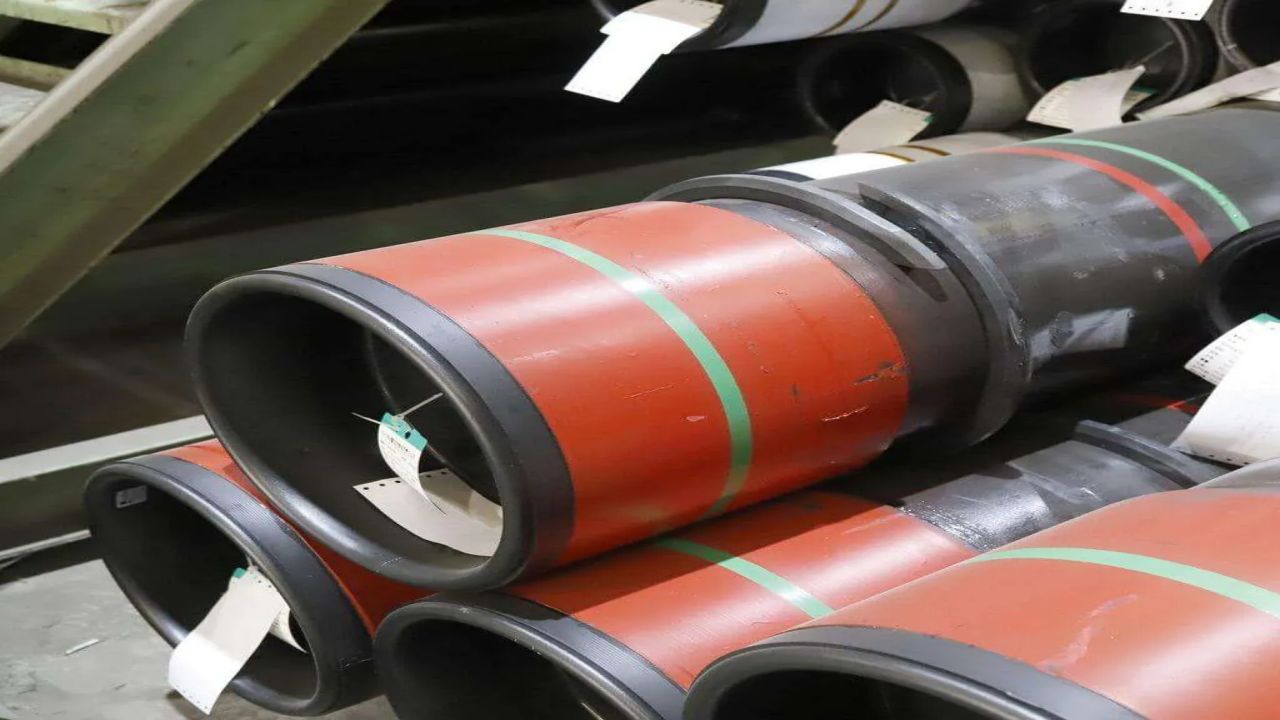In the oil and gas industry, efficient well operations are crucial for maximizing production and minimizing downtime. API 5CT Casing and Tubing play a significant role in enhancing oil well efficiency. These components provide structural integrity, protection, and facilitate the extraction process. In this article, we will explore the key features, applications, benefits, challenges, and limitations associated with API 5CT Casing and Tubing.
Key Features of API 5CT Casing and Tubing:
API 5CT Casing and Tubing are manufactured to meet specific requirements for oil and gas well construction. These components possess essential features that contribute to their effectiveness:
High Tensile Strength: API 5CT Casing and Tubing are engineered with high tensile strength to withstand the forces encountered during drilling and production processes.
Corrosion Resistance: The casing and tubing are designed to resist corrosion caused by harsh drilling fluids and corrosive environments, ensuring long-term performance.
Compatibility: API 5CT Casing and Tubing are available in various sizes, grades, and connections, making them compatible with different well designs and drilling environments.
Applications of API 5CT Casing and Tubing:
API 5CT Casing and Tubing serve multiple critical applications in oil well construction:
Wellbore Integrity: Casing provides structural support and prevents well collapse by maintaining the integrity of the wellbore. It ensures the stability of the surrounding formations.
Efficient Extraction: Tubing acts as a conduit for fluid production from the reservoir to the surface, enabling the efficient extraction of oil and gas. It allows for control over flow rates and provides a pathway for production tools.
Benefits of API 5CT Casing and Tubing:
The utilization of API 5CT Casing and Tubing offers several benefits for oil well operations:
Blowout Prevention: Casing serves as a primary barrier against blowouts, preventing uncontrolled release of fluids and gases during drilling, completion, and production.
Production Optimization: Proper selection of API 5CT Casing and Tubing enables optimal production rates by reducing frictional pressure losses and enhancing fluid flow efficiency.
Well Protection: Casing and Tubing protect the well against external contaminants, such as water, gas, and unwanted solids, ensuring the integrity of the production zone.
Challenges and Limitations:
While API 5CT Casing and Tubing offer numerous advantages, there are certain challenges and limitations to consider:
Cost Considerations: The cost of API 5CT Casing and Tubing, including material, manufacturing, and installation, should be evaluated against the project budget. Cost-effective options must be chosen without compromising quality.
Installation Complexities: Proper installation of API 5CT Casing and Tubing requires skilled personnel and specialized equipment. Improper installation can result in operational issues and compromised well integrity.
Maintenance and Inspection: Regular maintenance and inspection are necessary to ensure the continued integrity of the casing and tubing. Failure to adhere to inspection schedules can lead to unforeseen failures and downtime.
Conclusion:
API 5CT Casing and Tubing play a vital role in enhancing oil well efficiency. The high tensile strength, corrosion resistance, and compatibility of these components contribute to their effectiveness in wellbore integrity and efficient extraction. The benefits of blowout prevention, production optimization, and well protection make API 5CT Casing and Tubing an indispensable part of oil well construction. However, it is essential to consider cost, installation complexities, and maintenance requirements. By understanding the features, applications, benefits, challenges, and limitations of API 5CT Casing and Tubing, stakeholders can make informed decisions to optimize oil well operations and maximize production efficiency.
Remember, choosing the right API 5CT Casing and Tubing and ensuring proper installation and maintenance are crucial steps towards achieving efficient and reliable oil well operations.


